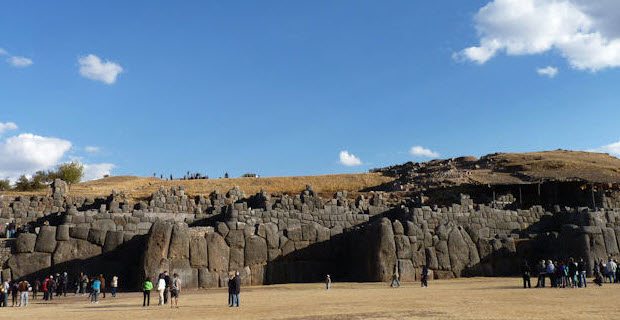
The virtual reality of Inca architecture: Sacsayhuaman
When you tour Cusco and stand before the ruins of Sacsayhuaman, take a long moment and look up at those terraced zig-zagging walls. Try to picture the fortress temple as it looked 500 years ago during the reign of the Inca. [Originally published November 2013]
It’s no easy feat of imagination, reconstructing in the mind’s eye those hewn stones, rising in masterfully interlocked rows to form palaces, store houses and giant towers.
After the Conquest, the Spanish wasted little time in tearing the cyclopean complex apart as material to lay new foundations for buildings and churches.
There is now an illuminating project to resurrect the lost Inca architecture by virtual reconstruction.
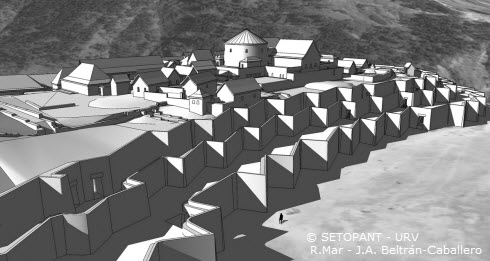
It’s called “Visualizing Cusco” and is being carried out by Cusco’s Municipal Historic Management Center in cooperation with the Smithsonian Institution’s National Museum of the American Indian in Washington, D.C., and Rovira i Virgili University in Tarragona, Spain.
José Alejandro Beltrán Caballero, who holds PhD in Architecture, specializes in landscape interpretation and ancient cities. He and Ricardo Mar, a professor of classical archaeology, have spearheaded the research, analyzing the archaeological footprint and deciphering the advanced engineering that went into building the Inca capital.
You Might Also Like: The Best Sacred Valley and Machu Picchu Tour from Cusco 4 Days
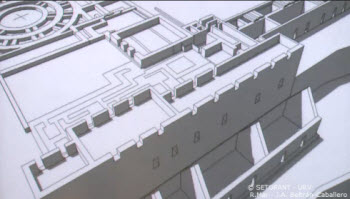
They have compared that data with the historic record and chronicle accounts describing the layout and purpose of Cusco’s ancient infrastructure, its palaces, temples and monuments.
Sacsayhuaman is the first detailed virtual reconstruction they are tackling, and it is still a work in progress.
Most people on vacation in Cusco visit the esplanade of Sacsayhuaman and marvel at the megalithic corner stones, some of which famously weigh more than 100 tons.
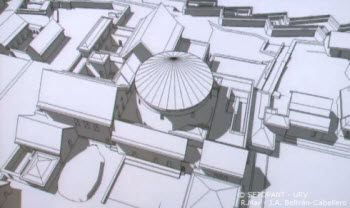
What many do not realize is that within the temple fortress, there were once military barracks, a royal Inca palace and store houses and an enormous water reservoir.
It was described in detail by the chroniclers Pedro de Cieza de León, Pedro Sarmiento de Gamboa and Garcilasso de la Vega, who mused that “because the Indians were so familiar with demons, the work is attributed to enchantment.”
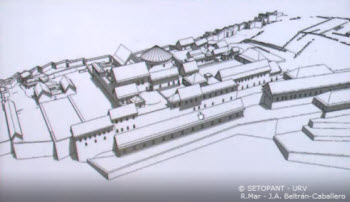
Garcilaso also wrote that there were three great towers atop the temple fortress, the main circular shaped Muyuqmarca and the rectangular shaped Sallaqmarca and Paucamarca. The intact base of Muyuqmarca was discovered in 1934.
The virtual depiction by Dr. Beltrán and Prof. Mar do not show Sallaqmarca and Paucamarca, but the Muyuqmarca tower figures prominently.
They have also done a virtual schematic representing Cusco’s historic center, focusing on the major elements that comprised the ancient Inca capital, as conceived by the civilization’s greatest visionary, the 9th Inca Pachacutec.
It shows the placement of palaces built around what is today the Plaza de Armas by the successive Inca emperors and their dynastic entourages (“panacas”).
The main temples, including the Koricancha and Sacsayhuaman, are seen in juxtaposition to four main open ceremonial plazas (Cusipata, Huacaypata, Intipampa and Limacpampa).
If this subject interests you, here are some other sources to learn more:
- Inca Garcilaso de la Vega: His chronicles are often cited as primary historical sources regarding Inca architecture and society. He describes the layout and significance of Sacsayhuaman, including the towers. His work offers insights into the historical context of the site during and after the Spanish conquest.
- “The Archaeology of the Inca Empire” by Brian S. Bauer: This book discusses various Inca sites, including Sacsayhuaman, and analyzes the architectural features and functions of structures within the site. It provides a scholarly examination of the towers and their roles in Inca society.
- “Sacsayhuamán: A Study of Inca Architecture” by Luis Barreda Murillo: This study focuses on the architectural significance of Sacsayhuaman, including detailed descriptions of the towers, their shapes, and their presumed functions during the Inca period. Barreda Murillo’s work often discusses the cultural and ceremonial aspects of the site.
- “The Inca Empire: A Multidisciplinary Approach” edited by Izumi Shimada: This compilation includes various studies on Inca architecture and urban planning, addressing the significance of Sacsayhuaman and the functions of its towers within the broader context of Inca civilization.
You Might Also Like: Cusco Bike Tour 7 Days 6 Nights
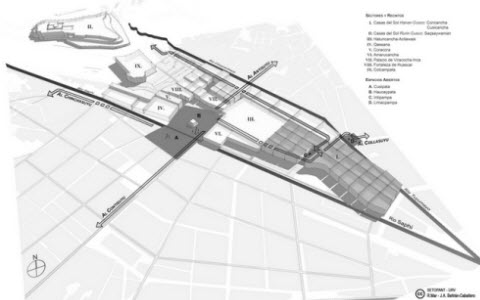
If you like this post, please remember to share on Facebook, Twitter or Google+
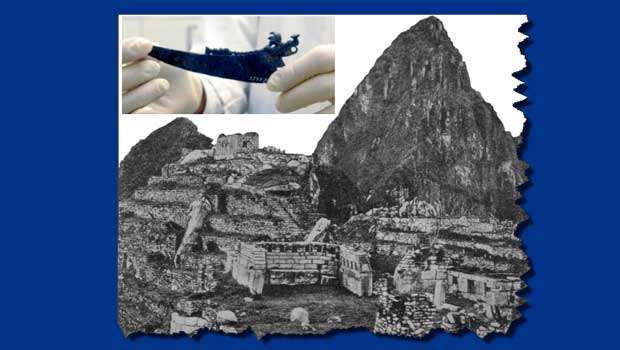 Yale and Cusco university sign deal for return of Machu Picchu artifacts
Yale and Cusco university sign deal for return of Machu Picchu artifacts 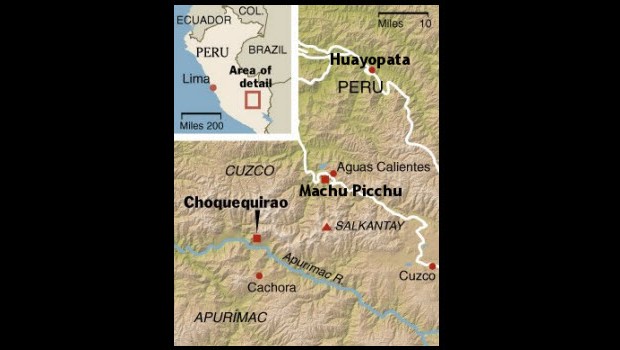 Possible alternative Inca Trail to Machu Picchu reportedly discovered
Possible alternative Inca Trail to Machu Picchu reportedly discovered 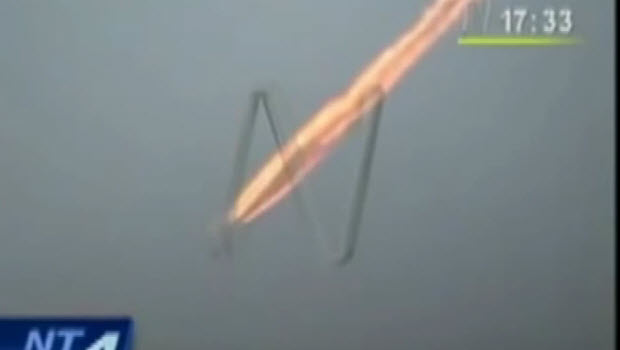 Meteorite blasts through atmosphere over Cusco, possibly sparking wildfires
Meteorite blasts through atmosphere over Cusco, possibly sparking wildfires 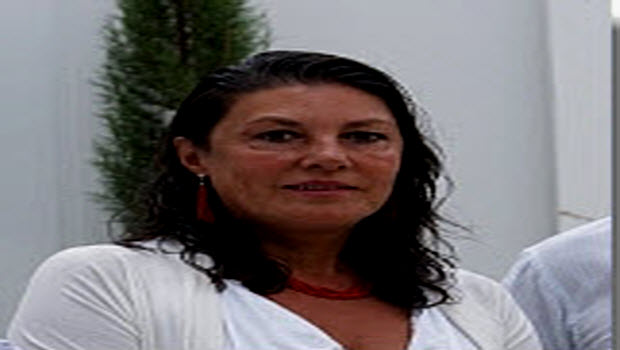 Podcast: Don’t let altitude sickness ruin your Cuzco vacation
Podcast: Don’t let altitude sickness ruin your Cuzco vacation 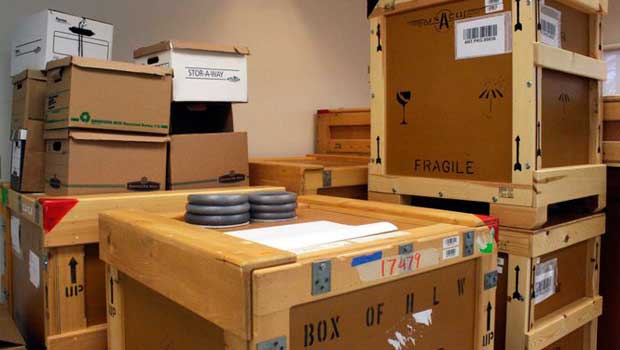 Bickering over Machu Picchu centennial celebration could cause delay of event
Bickering over Machu Picchu centennial celebration could cause delay of event 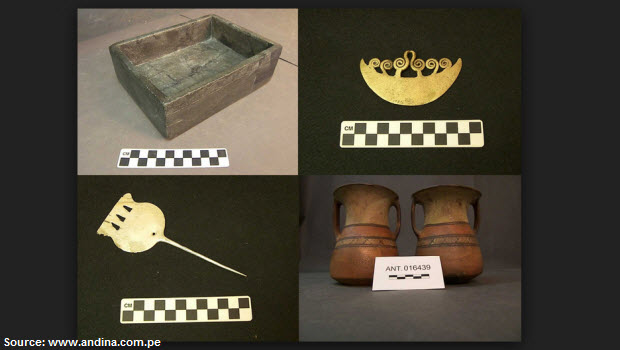 President García: Yale will return entire Machu Picchu collection
President García: Yale will return entire Machu Picchu collection 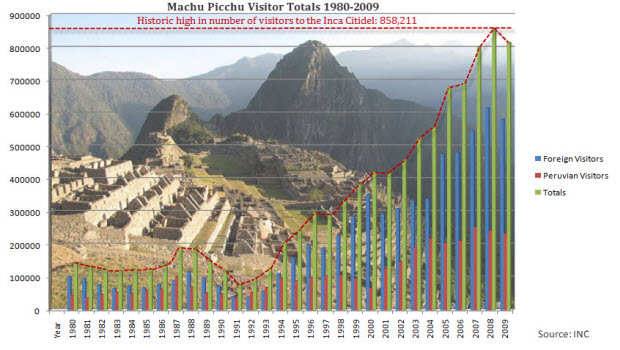 Peru’s tourism sector and National Institute of Culture clash again over visitor limits to Machu Picchu
Peru’s tourism sector and National Institute of Culture clash again over visitor limits to Machu Picchu 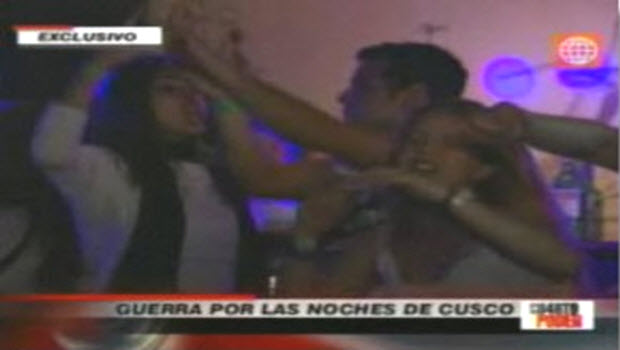 City ordinance threatens late night dance clubs in Cusco’s historic center
City ordinance threatens late night dance clubs in Cusco’s historic center
Cusco is one of the incredible cities to visit maintains its tradition and culture !! the photos are amazing !!!